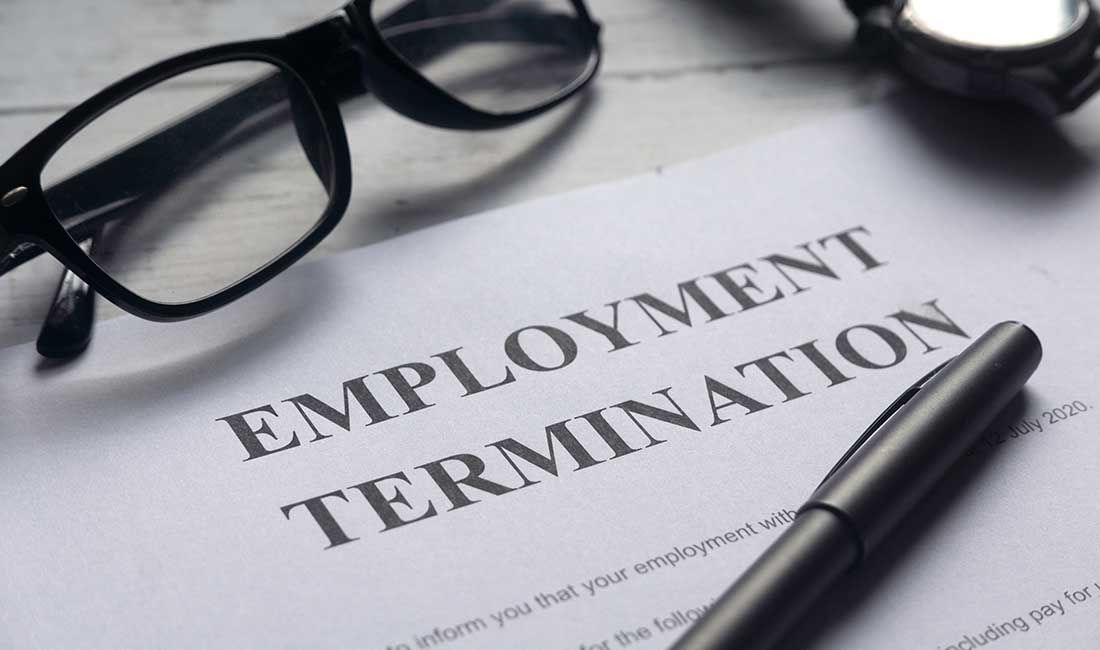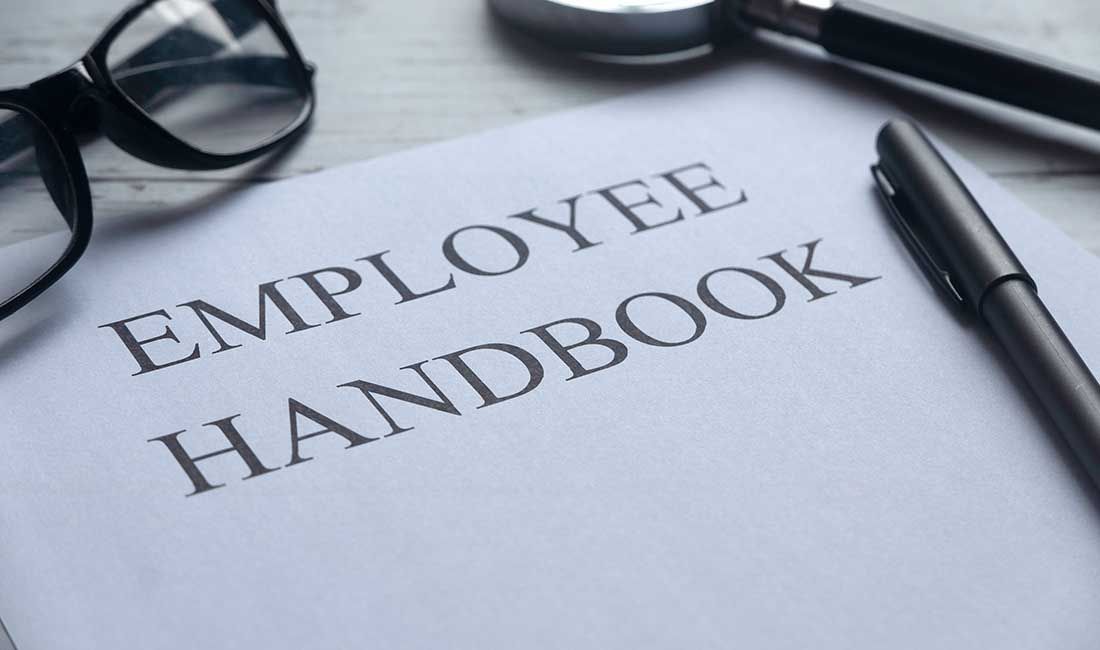One in Five Women Harassed at Work

| W.E.U Admin | Workplace Wellbeing
TAGS: Workplace
Recent research reveals that 20% of women experience some form of sexual harassment in the workplace. These findings highlight a persistent issue of sexism, discrimination, and under-reporting across multiple sectors.
Prevalence of Sexual Harassment and Sexism
Opinium Research’s report, The Office Culture, estimates that more than 2.5 million women in England have been victims of sexual harassment at work. In addition:
- 27% of women report having experienced overt sexism on the job.
- 33% of reported cases were not followed up by their employer.
- 18% of complaints were never even acknowledged.
- 67% of women who faced harassment chose not to report it at all.
These figures coincide with a separate Radio 5 Live survey of 2,031 UK adults, which found that 37% of respondents—53% of women and 20% of men—had encountered sexual harassment at work or in educational settings.
Barriers to Reporting
Beyond sexual harassment, the study highlights similar under-reporting trends for other forms of discrimination:
- Race: 55% of those experiencing racial discrimination reported incidents.
- Ageism: Only 28% reported age-related abuse; 25% of those reports went unacknowledged.
- Homophobia: More than 43% of homophobic abuse cases were never addressed by employers.
These statistics underscore the urgent need for robust policies and an inclusive company culture that encourages all employees to speak out.
Voices from HR Professionals
Sue Evans, former Head of HR at Warwickshire County Council, stresses that HR teams must do more than offer empathy—they must actively identify and challenge negative behaviours:
“It is not enough to provide empathy and support; HR must make sure that negative behaviours are noticed and individuals made aware of the impact of them on others… Letting this go allows for it to become accepted and devalues the whole diversity of the workforce.”
Kate Griffiths-Lambeth, Group Director of HR at Charles Stanley, shares personal experiences of harassment—from unsolicited advances by a driving instructor at age 17 to predatory management behaviour in the workplace. She concludes:
“A successful business that attracts, motivates and retains the finest needs a culture where individuals feel comfortable in speaking out… HR needs to be alert, speak out and support those who do.”
Recommendations for Employers
To combat workplace harassment, organisations should:
- Implement clear, accessible policies on sexual harassment and discrimination.
- Train managers and staff to recognise and challenge inappropriate behaviour.
- Ensure all reports are acknowledged and investigated promptly.
- Foster an open culture where employees feel safe to report incidents without fear of retaliation.
Further Reading
Explore more on this topic:
- One in Five Women Harassed at Work
workersofengland.co.uk | Independent Workers Trade Union


















